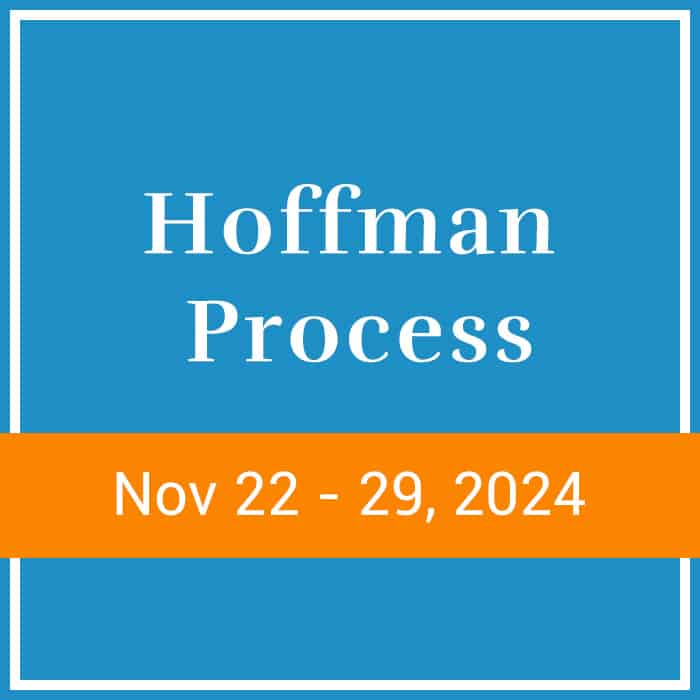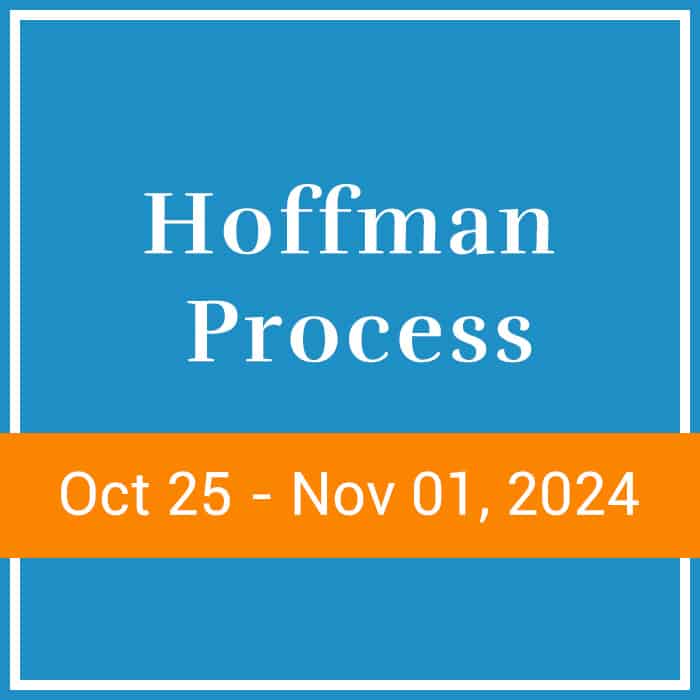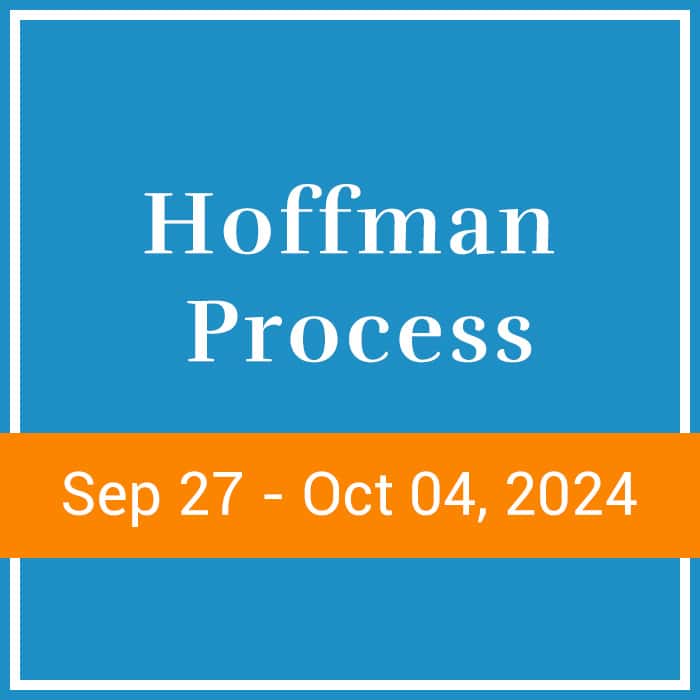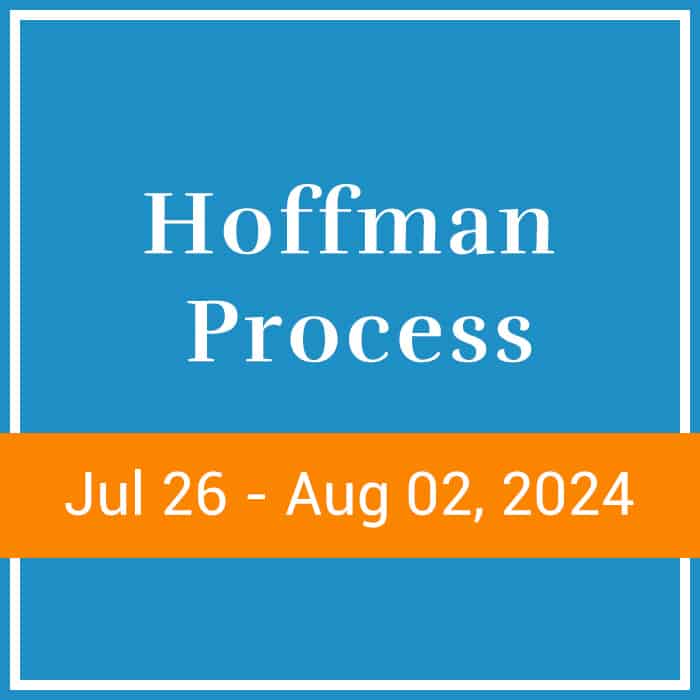Luc Wiesman Unlearns 40 Years of his Worst Habits
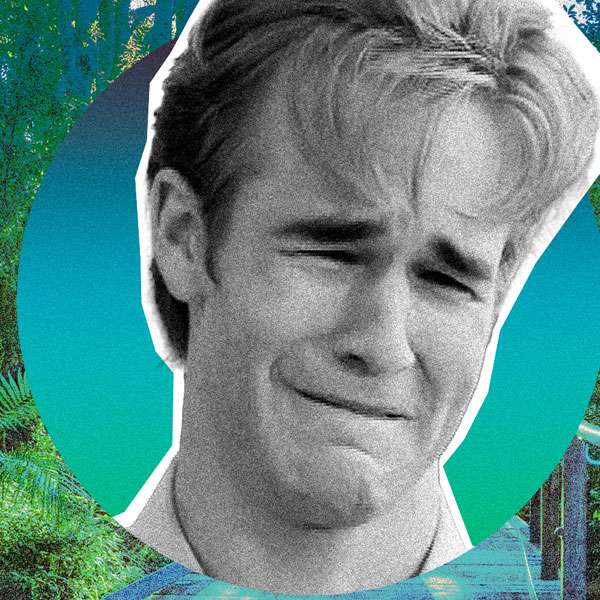
I Paid $6,000 To Share Feelings With 20 Strangers In Byron Bay. It Was Totally Worth It. This story first appeared on DMARGE. For many men, our arm needs to be hanging off and blood going everywhere before we visit the doctor. When it comes to mental health, it’s often not until our head is […]


